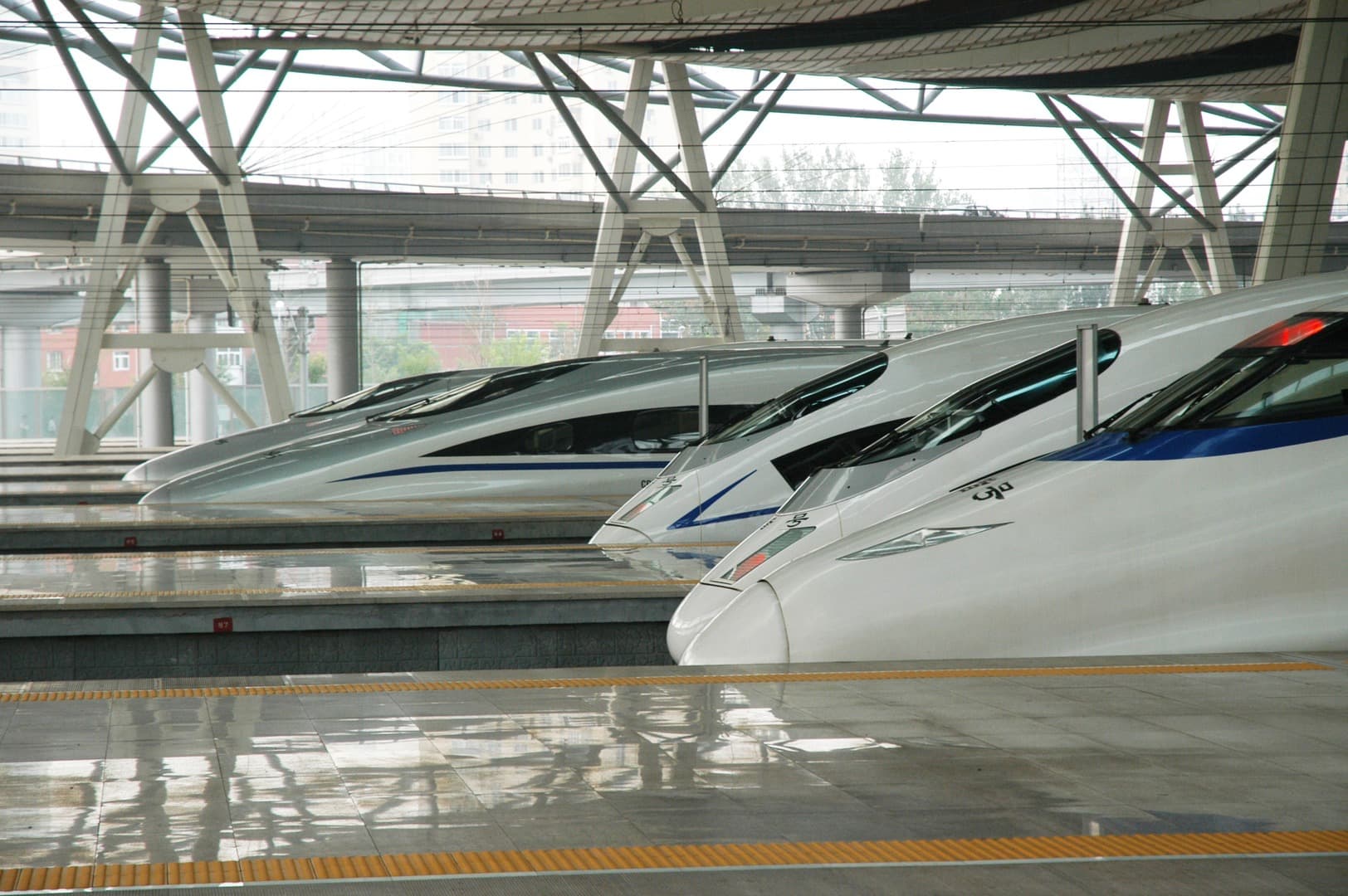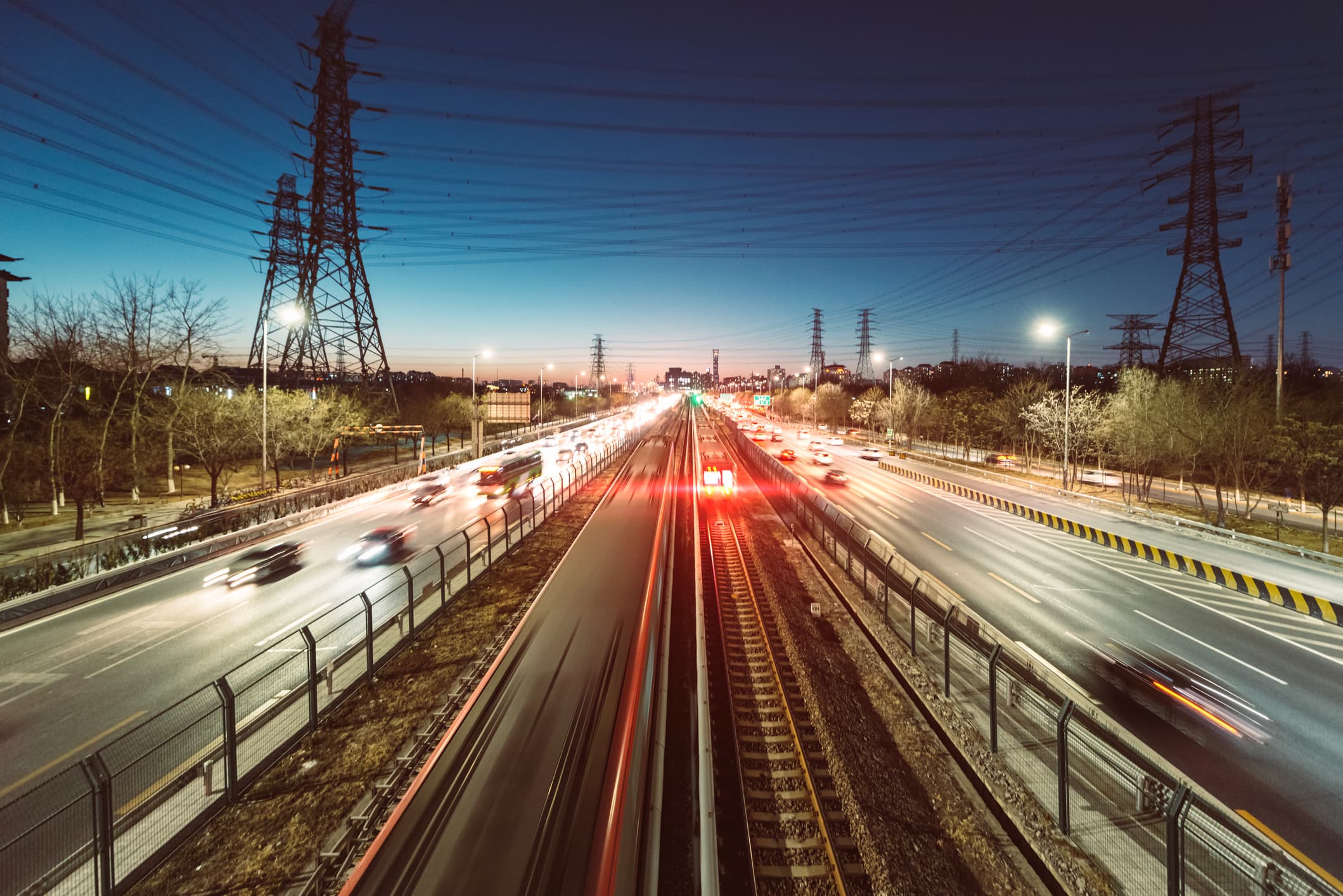
China is about to construct Asia’s largest underground transport hub beneath Beijing’s version of Canary Wharf
BEIJING is preparing to build Asia’s largest underground transportation hub, recently awarding the construction contract in a USD $590M deal.
The completed hub, which will cost an estimated USD $6BN, will cover an area more than 70 hectares in size and connect three subway and two high-speed rail lines.
The future Beijing sub-centre Integrated Transportation Hub (ITH) will be built under what is now Yangtuo Village.
The land above the hub will be transformed into a modern business district, designed by a team consisting of AREP (a multidisciplinary consultancy owned by a French state railway operator), the Beijing General Municipal Engineering Design & Research Institute, China Railway Design Corporation and China Architecture Design Group.

Above: The design team has drawn inspiration from Paris' La Défense. Below: Rail is a key part of China's transport infrastructure.

The team have drawn particular inspiration from Paris’ La Défense and London’s Canary Wharf - both are regenerated districts that have become important financial centres for their respective cities.
The development began works in November of last year and is part of a larger scheme to unite the Beijing–Tianjin–Hebei region, transforming it into a megacity (or megalopolis) the size of Scotland with a population of 130 million people.
The megalopolis will be dubbed “Jing-Jin-Ji” and is part of President Xi Jinping’s plan to reform the economy of Northern China.
_in_China.png?Action=thumbnail&algorithm=fill_proportional&width=550)
Above: The Jing-Jin-Ji region will encompass an area roughly 200,000 square kilometres in size (image courtesy of Radom1967).
The region will be united by new high-speed rail lines - making it possible to travel between cities in less than an hour - and form a new economic powerhouse, similar to the Yangtze River Delta of which Shanghai is a part.
The Beijing City government plans to eventually move much of their bureaucracy to the hinterlands of Hebei, relieving pressure from Beijing which has strict residency limits, as well as problems with pollution and congestion.
This new transportation hub will prove a vital piece for Jing-Jin-Ji as it will be the only integrated railway hub to connect Beijing’s two main international airports with the city’s central business district.
Construction on the interchange is due to complete by 2024.








